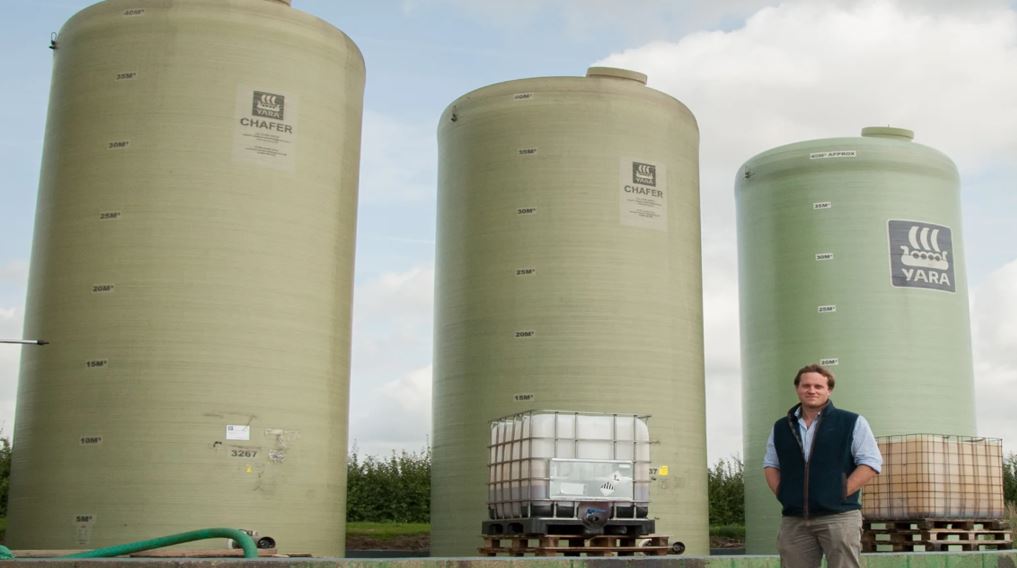How do new rules on urea use in England affect farmers?
Wednesday, 17 April 2024
New rules affect when farmers in England can apply unprotected urea (urea that does not contain a urease inhibitor). Emma Willis, who manages nutrient management research at AHDB, answers key questions to help growers adapt to the new requirements.
What are the main changes to urea usage in England?
Unprotected/uninhibited solid fertiliser that contains urea can only be applied between 15 January and 31 March. After 1 April, solid fertiliser needs to have a urease inhibitor added.
Unprotected/uninhibited liquid fertiliser that contains urea can be applied between 15 January and 31 March. It can also be applied after 1 April (until the last application in autumn), if agronomic justification has been provided by a FACTS-qualified individual (with advice followed). As for solid fertiliser, liquid fertiliser can still be applied after 1 April with a urease inhibitor without FACTS-qualified justification. The urease inhibitor can be added to the tank (at the prescribed rate) when the sprayer is filled.
Notes:
- The rules only apply to products that contain more than 1% urea
- Products that contain urease inhibitors must be applied before any product use-by/best-before dates
- Originally, the rules were intended to come into force on 1 April 2023
- Implementation was delayed until 1 April 2024 to help the fertiliser market prepare
What about the rest of the UK?
The new rules only apply to England. In Northern Ireland, Scotland and Wales, fertiliser containing urea (solid and liquid) can be applied as per the relevant legislation.
Why have these rules been introduced?
Ammonia emissions can contribute to air pollution and ecological damage, so controlling emissions is of environmental and agricultural importance.
What are urease inhibitors?
Naturally present in soil, urease enzymes catalyse the hydrolysis of urea into ammonia and carbon dioxide. When added to urea-based fertilisers (known as protected urea), urease inhibitors help slow down the hydrolysis process (particularly under dry or warm conditions). They help keep more nitrogen in the ammonium form in urea-based fertilisers, which is less volatile and more readily available for plant uptake (helping to increase fertiliser efficiency).
How will it be monitored?
An industry voluntary approach will help the Government achieve its ammonia-emission reduction targets. It will be self-regulated and monitored through the Red Tractor assurance scheme. Any non-compliant business will be required to undertake a short BASIS course: Reducing Ammonia Emissions.
What else can you do?
Follow the guidance in the AHDB Nutrient Management Guide (RB209) to help you optimise fertiliser rates and timing. Several other best management practices, such as effectively incorporating fertiliser into the soil, also play a role in reducing ammonia volatilisation.
Access the AHDB Nutrient Management Guide (RB209)
Learn more about the use of protected urea in arable and grassland systems
 StormHill Design
StormHill Design

Topics:
Sectors:
Tags:

